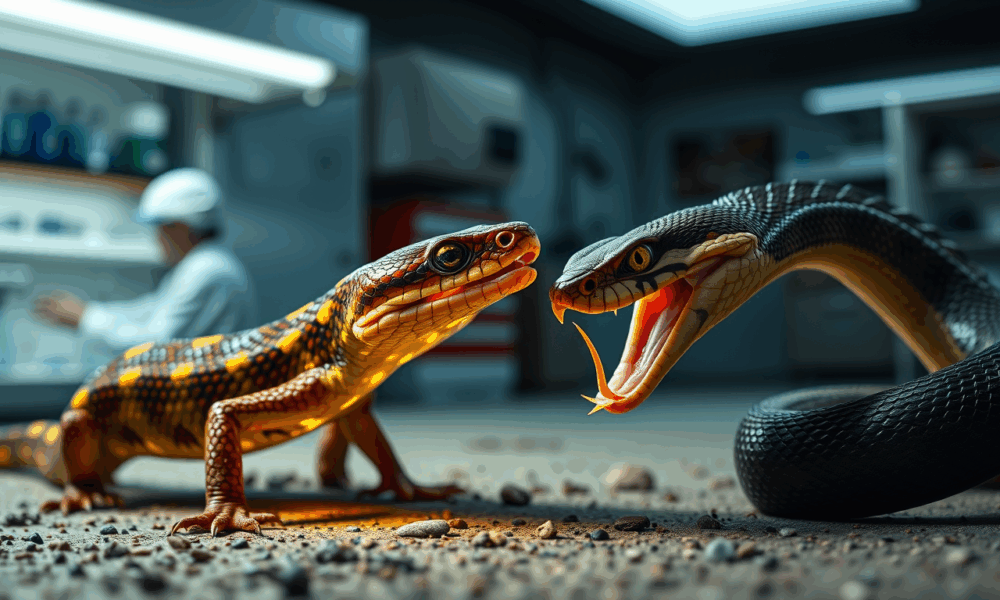


Australian skinks have developed a remarkable genetic defense against venomous snake bites by mutating a key muscle receptor, making them resistant to neurotoxins. These tiny but...
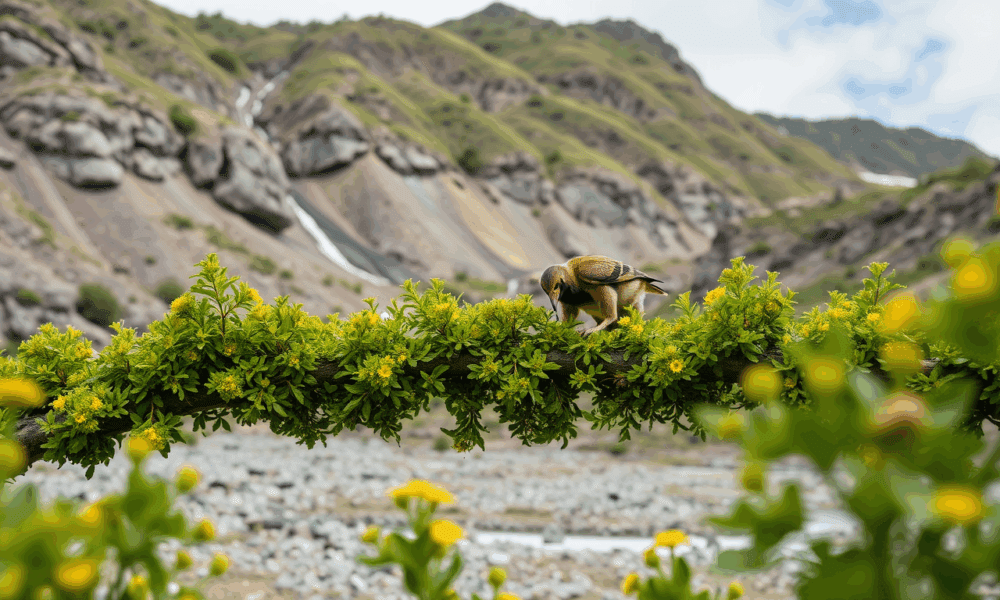


Every time someone snaps a wildlife photo with iNaturalist, they might be fueling breakthrough science. From rediscovering lost species to helping conservation agencies track biodiversity and...
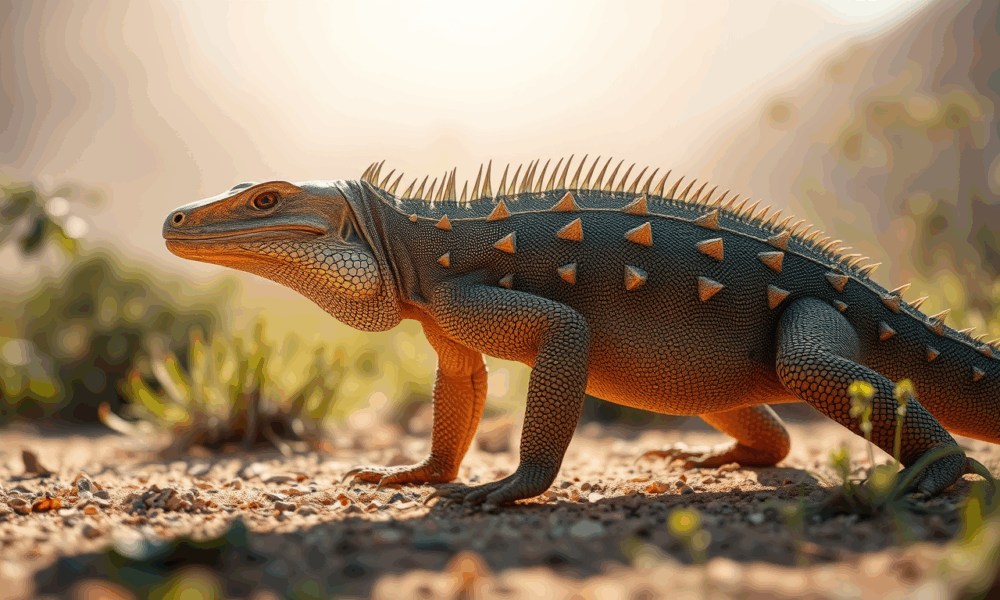
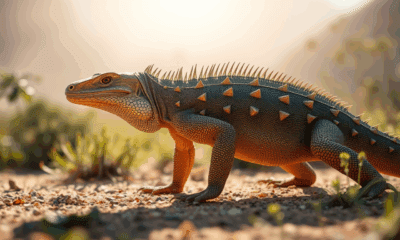

Scientists have uncovered hidden bony armor—called osteoderms—beneath the skin of 29 goanna species across Australasia, a discovery that radically changes what we thought we knew about...

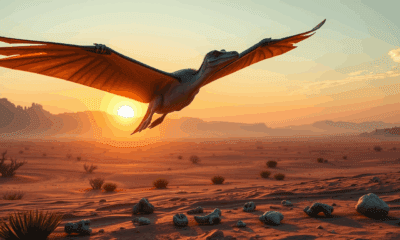

In the remote reaches of Arizona s Petrified Forest National Park, scientists have unearthed North America's oldest known pterosaur a small, gull-sized flier that once soared...
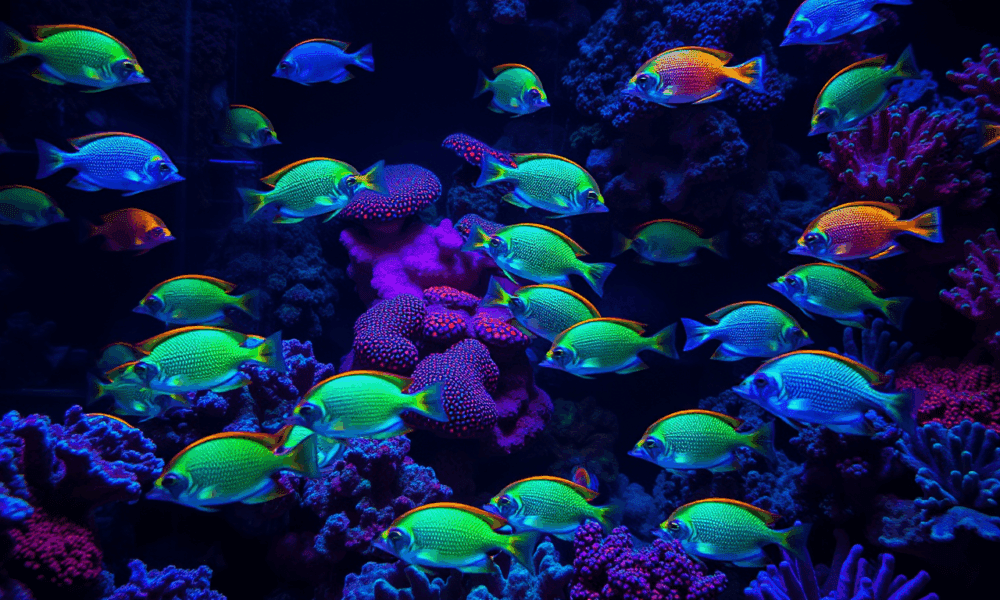
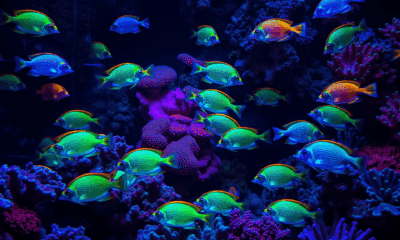

Scientists have uncovered that fish biofluorescence a captivating ability to glow in vivid colors has ancient roots stretching back over 100 million years. This trait evolved...
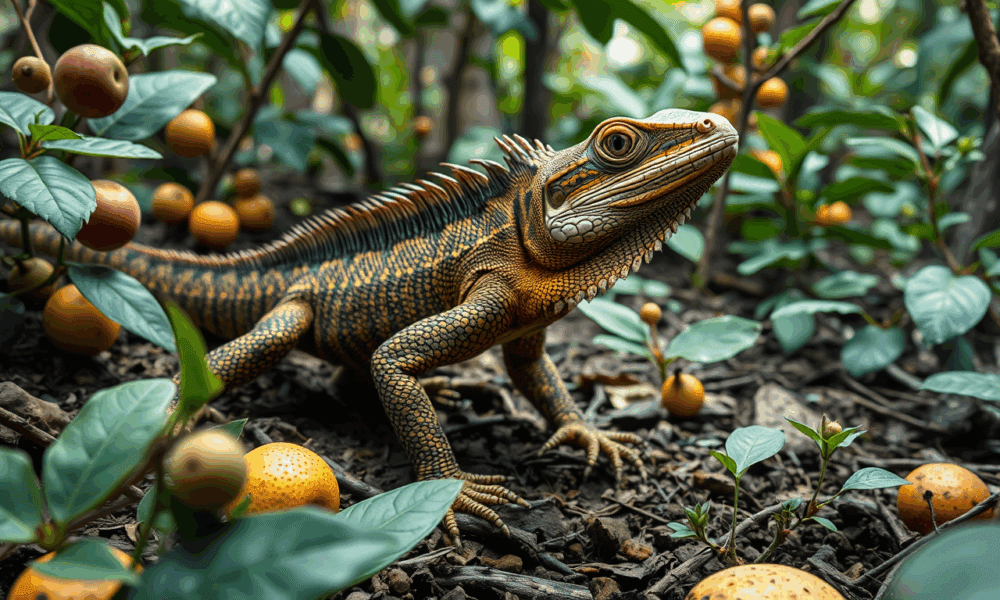
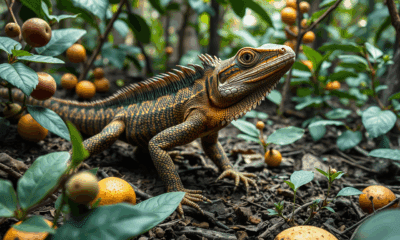

After millions of years of evolutionary isolation, Madagascar developed an unparalleled array of wildlife, and recent research has uncovered an unsung ecological hero: the lizard. Though...
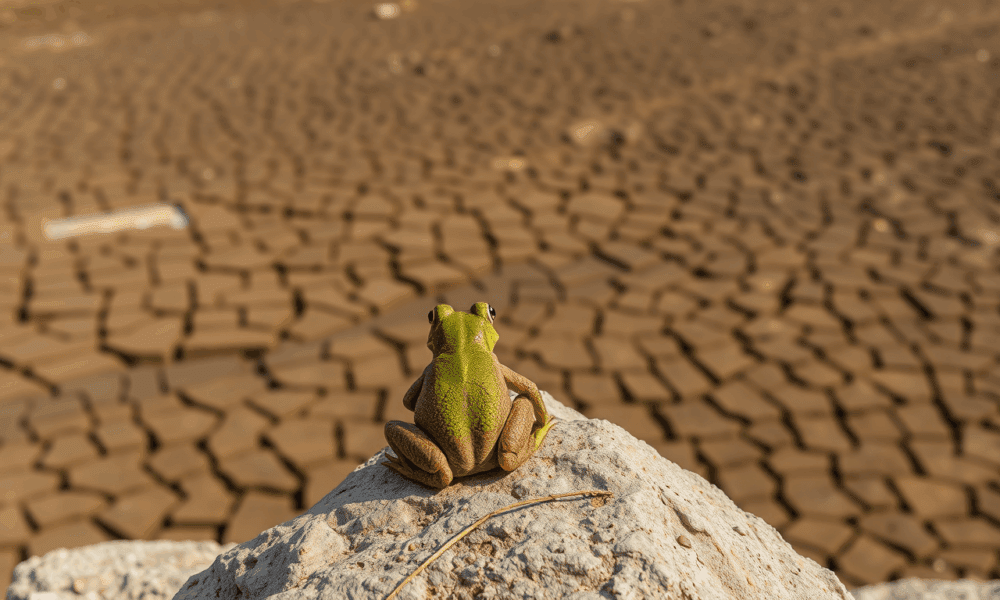
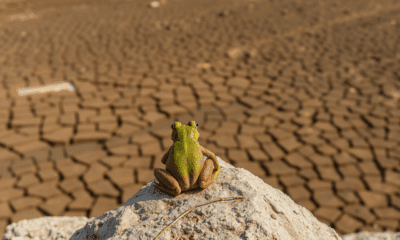

Frogs, salamanders, and other amphibians are not just battling habitat loss and pollution they're now also contending with increasingly brutal heat waves and droughts. A sweeping...
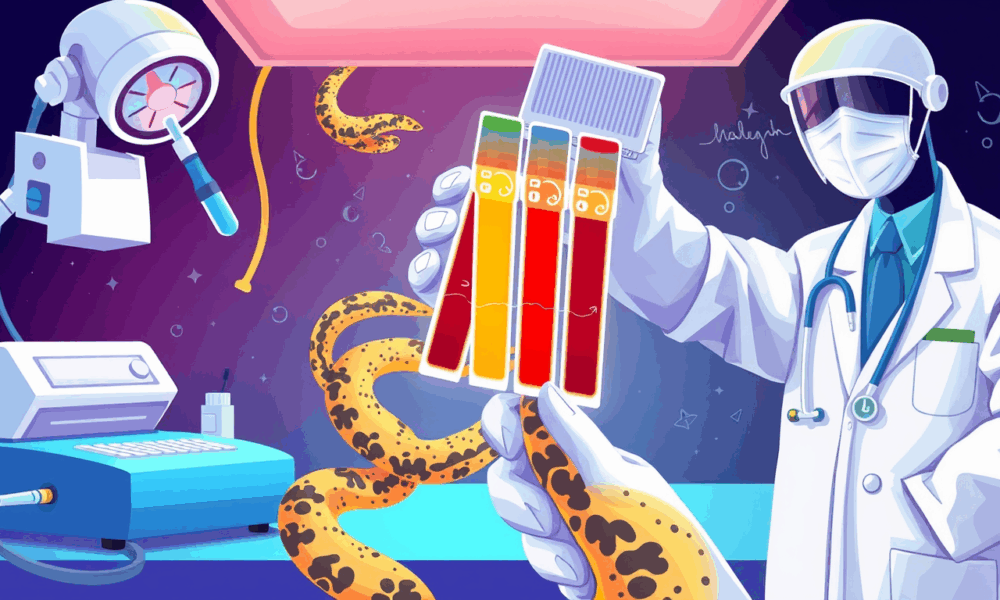
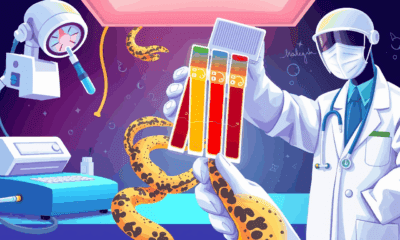

Researchers have published the first example of a synthetic sugar detection test for snake venom, offering a new route to rapid diagnosis and better antivenoms.
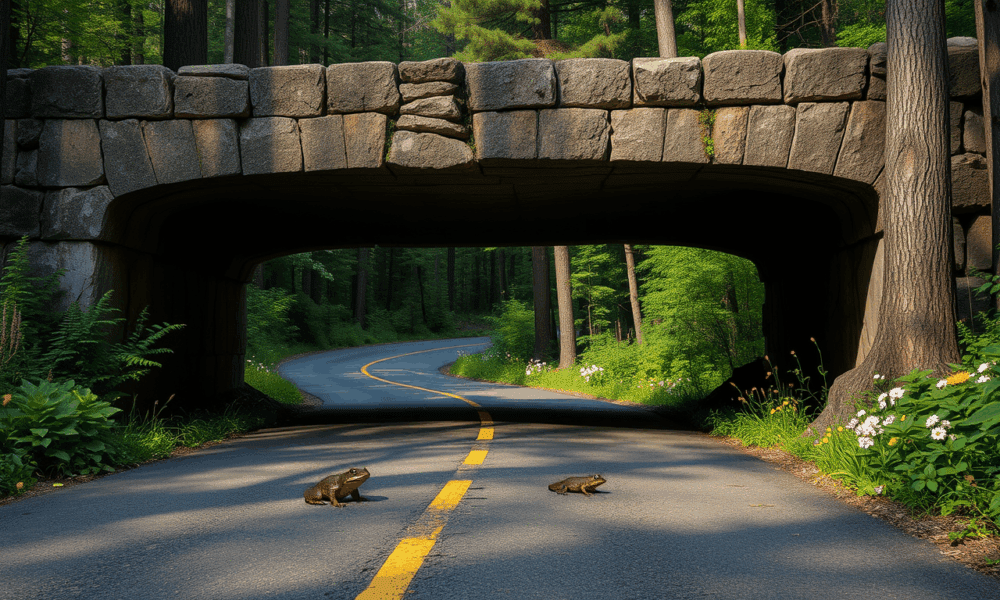
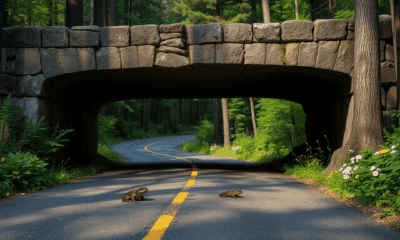

A new study shows that wildlife underpass tunnels dramatically reduce deaths of frog, salamanders, and other amphibians migrating across roads.
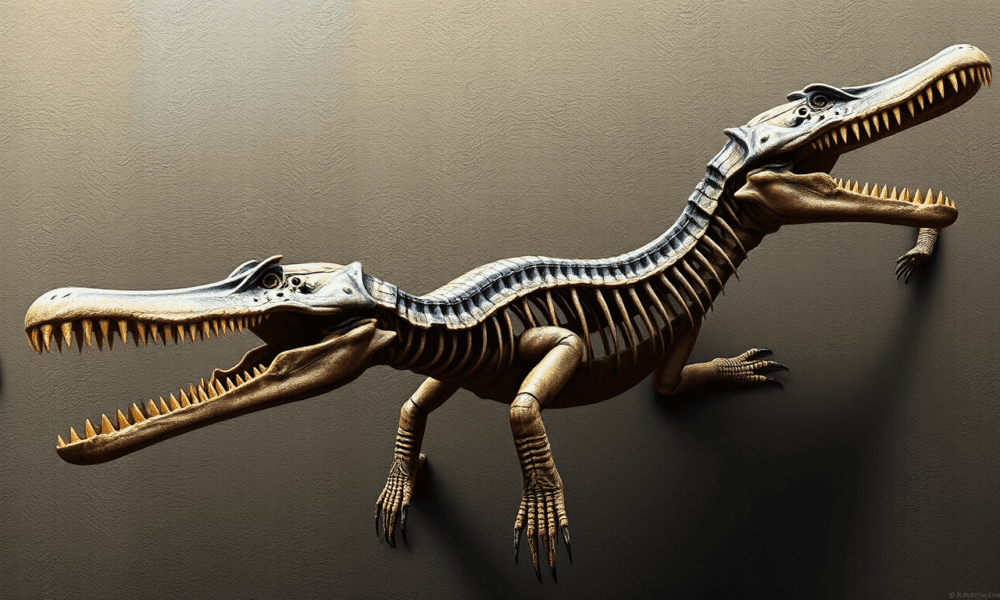
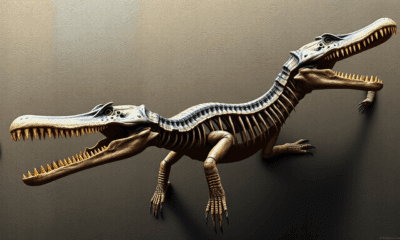

A group of fossils of elasmosaurs -- some of the most famous in North America -- have just been formally identified as belonging to a 'very...